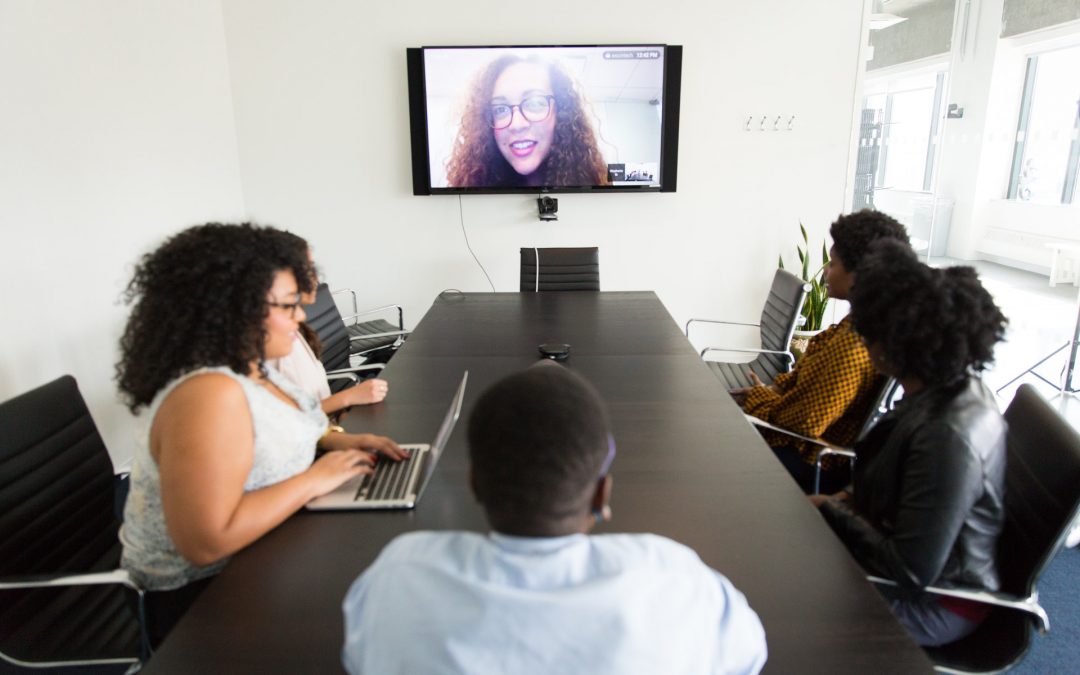Over recent years, many workplaces have had to adapt to working with hybrid teams, due to the pandemic, local lockdowns and personal preferences for working from home. Hybrid teams are teams where members are located in different places. This could be as simple as some office-based workers and remote workers in the same geographic location or as complicated as every team member being in a different time zone. Whatever the reasons for introducing hybrid teams, managing them can present challenges that onsite leaders have rarely had to contend with. But this is changing.
One often overlooked aspect of hybrid teams
Plenty has been written about how to effectively manage hybrid teams, but what is often overlooked in these discussions is the impact that hybrid teams can have on your customers’ experiences. From one point of view, your customers really do not care and do not need to know, how your teams work. What matters to your customers is that their experience is positive and their needs are met efficiently. When everything is going well and your customers’ expectations are met, whether a team is hybrid, remote or local is irrelevant to them.
However, given the speed with which some workplaces have had to change to working remotely sometimes customer experience has been the first place that the cracks have become visible! The “bear with us, apologies for delays” customer service notices have become a staple during the Covid pandemic. There has been plenty of goodwill and patience for the most part. But using the pandemic as a reason for subpar customer experience is no longer acceptable.
Mixed messages and how to avoid them
One of the problems that often arise with hybrid teams is that customers are given mixed messages. Onsite, or in-store, team members tell the customers one story and those answering emails or calls from elsewhere give them conflicting information.
So how can you ensure that your customers have a positive experience and that the communication with them is seamless no matter which team member is communicating with them? Or that when something goes wrong it is resolved efficiently?
As with so many things, it comes down to effective communication and leadership within your organisation. Your employees are your organisation’s number one asset, your customers are the number two asset. You need to spend time getting to know both your employees and your customers. Knowing your employees will foster an environment of trust and accountability, improve productivity and reduce conflict and misunderstandings.
Six ways to get everyone on your team(s) aligned
Here are six ways to ensure that everyone in your organisation is on the same page when it comes to delivering customer experience, regardless of where they are located.
1. Hold regular meetings with all team members. Treat these meetings as a way to discover what issues your teams are dealing with. Keep the atmosphere pleasant and focus on open communication and fact-finding rather than holding name/shame/blame sessions! If the same customer experience problems are recurring the people on the ground will most likely be the ones to come up with the best solutions. Be prepared to listen and allow time for non-work related conversations so you can get to know your employees better.
2. Is everyone on the team following the same processes? Simple checklists are highly effective for ensuring consistency and quality – pilots and surgeons rely on checklists in the highest stakes environments. Yes/No flowcharts for dealing with different stages of the customer journey can ensure continuity across all team members.
3. Make sure that everyone is working from the same set of guidelines. Does your organisation have a centrally located, easily available guide to customer terms and conditions and customer journey mapping? More importantly, do all of your staff members know where it is, what it is called and how to find it? Or are they consulting with a locally stored, outdated version instead of using the latest shared version? Have they had the opportunity to feedback on how the policies are implemented in practice? Is it time for your guidelines to be reviewed and updated in line with the changing working environment?
4. Create regular opportunities for feedback from staff and customers. Remember to notice what is working well and not just focus on potential problems. Keep your team members motivated by commending them on positive aspects of their performance rather than micromanaging them. Feedback can help you to identify what is really important to your customers and employees, rather than making assumptions. It is invaluable to innovation and organisational improvement and can be gathered both formally and informally.
5. Ensure that your team members have the training and tools they need to deliver the desired customer experience. Make training opportunities accessible to all team members during their working hours. Don’t make assumptions about training needs based only on past requirements, especially if there have been significant changes in the way teams are working. Get feedback on any training offered and check-in after a few weeks to see if the learning has had practical benefits that are being implemented on the job.
6. Have enough resources been made available to meet customer demands? Can your employees reasonably be expected to manage your customers’ experiences with existing resources? Do you need to allocate more people or time to achieve a given result? Again, open communication is essential to understanding what is happening so that your people have what they need and are aligned with the organisation’s objectives.
At the heart of these tips is the need to be open-minded and actively listen to what your team members have to say. When you are managing a hybrid team you don’t have the same opportunity to observe how things are done as you do with employees located in the same office who you encounter every day. Only by getting to know your employees and understanding their needs can you ensure that your customers will have the positive experiences that you want them to.
For more on how to better know your employees, employee engagement and balancing your employees behaviours with your customers’ experience – work through the guided exercises and insights in my book “Dare to be a Revolutionary Leader”.


